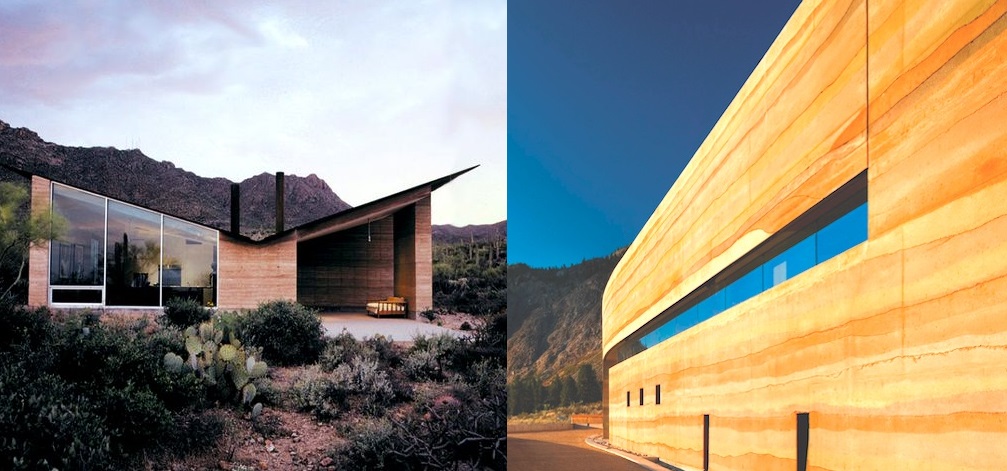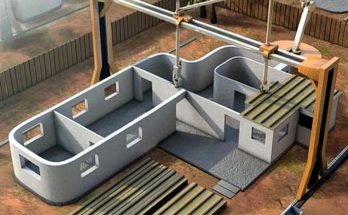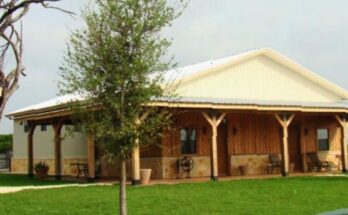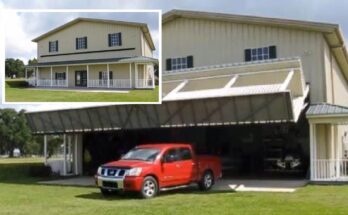How many of you have explored rammed earth as a building style for walls?
Although it is inexpensive and very sustainable, it is an uncommon building technology in the West. However, it is used in many other countries, especially countries where other building materials are scarce or unaffordable.
While rammed earth walls have a distinctive look many people find beautiful, rammed earth can also be used to make floors and foundations.
The drawbacks of rammed earth are that it requires powered tampers (or a significant effort in labor) and it can be damaged by water if it is not adequately protected from rain. In its favor though, is that it is impervious to fire, its strong and durable (not as strong as concrete, but still strong enough for domestic buildings), stores heat or cold well, breathes well (because of the clay) and is simple to make. It can be modified with Styrofoam or other insulation to keep in heat even better.
How is it made? A mixture of sand, gravel and clay, and moisture is poured into a mold or frame and is compacted with force. Lime, cement and asphalt emulsions are sometimes also added, as well as oxides to add various colors, or small objects to add texture.
Sustainability is another thing rammed earth has going for it. For solid masonry, rammed earth is possibly the lowest environmental impact building style.
The technology is ancient, but is currently experiencing a revival due to growing interest in sustainable building styles.



